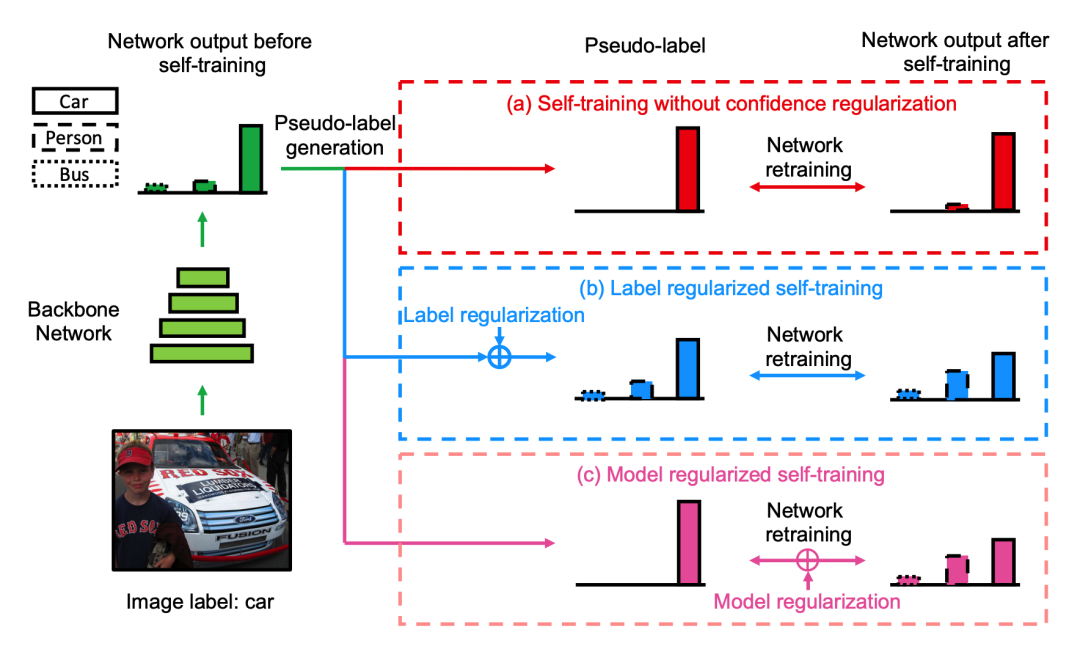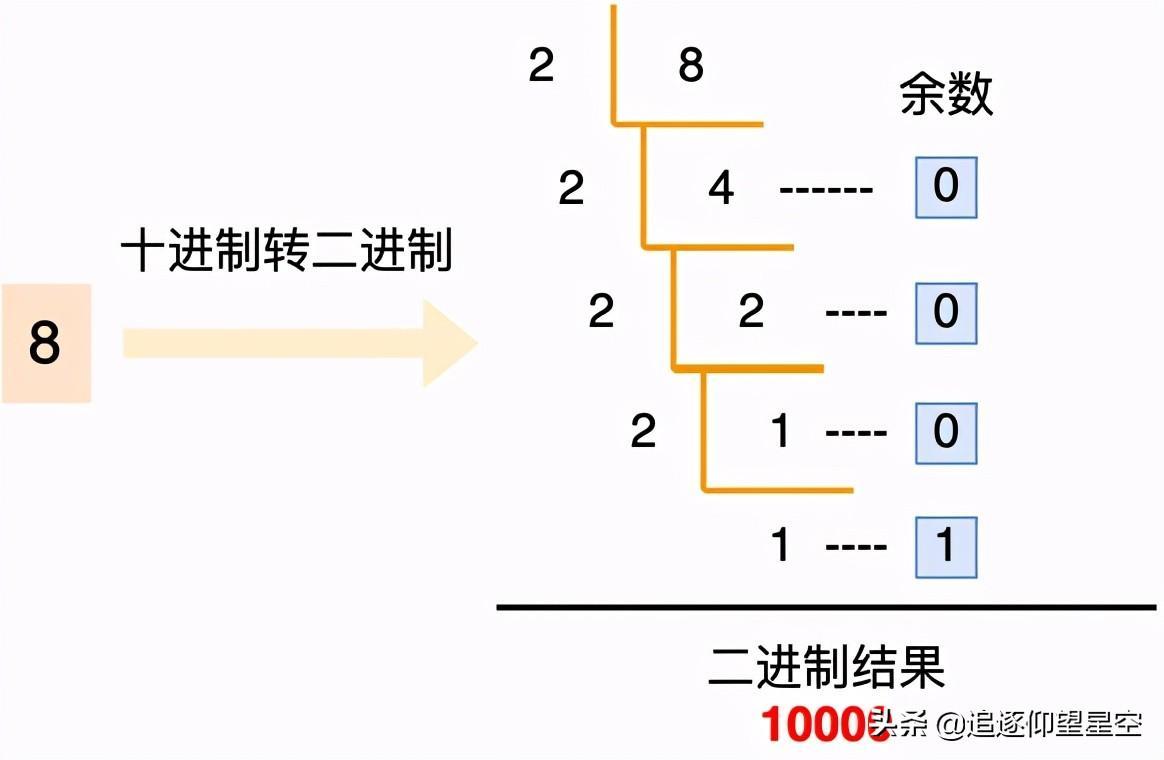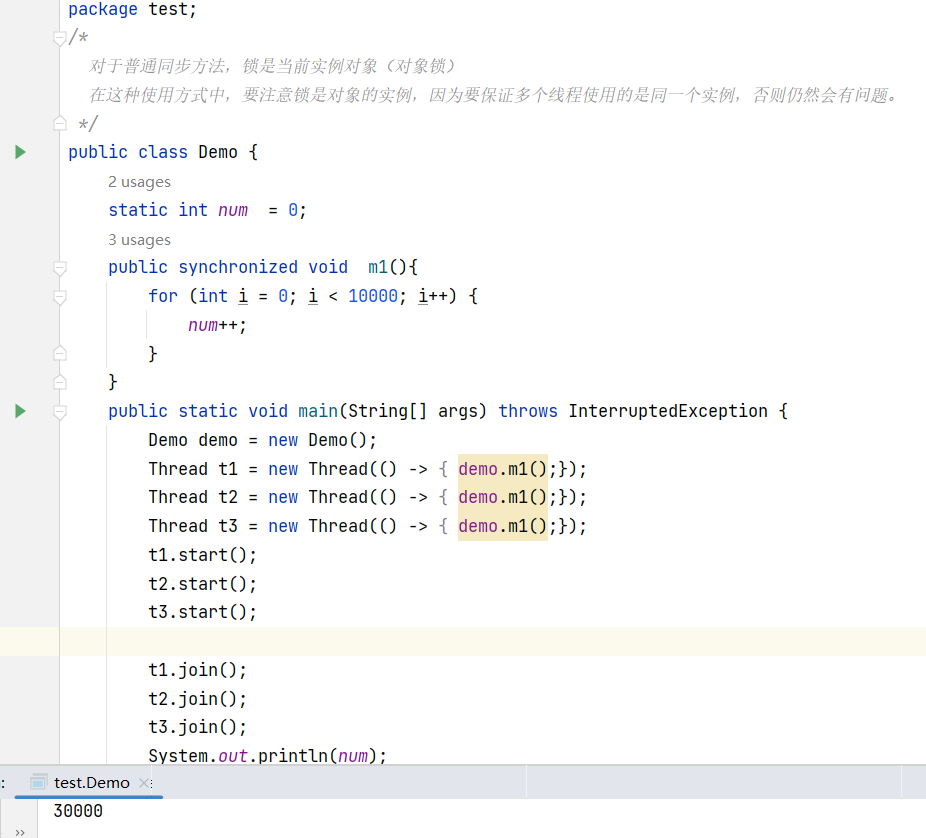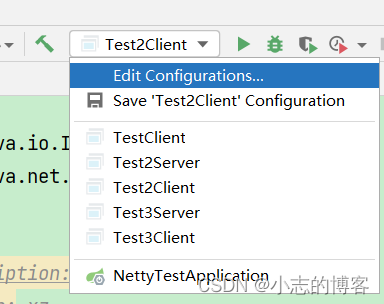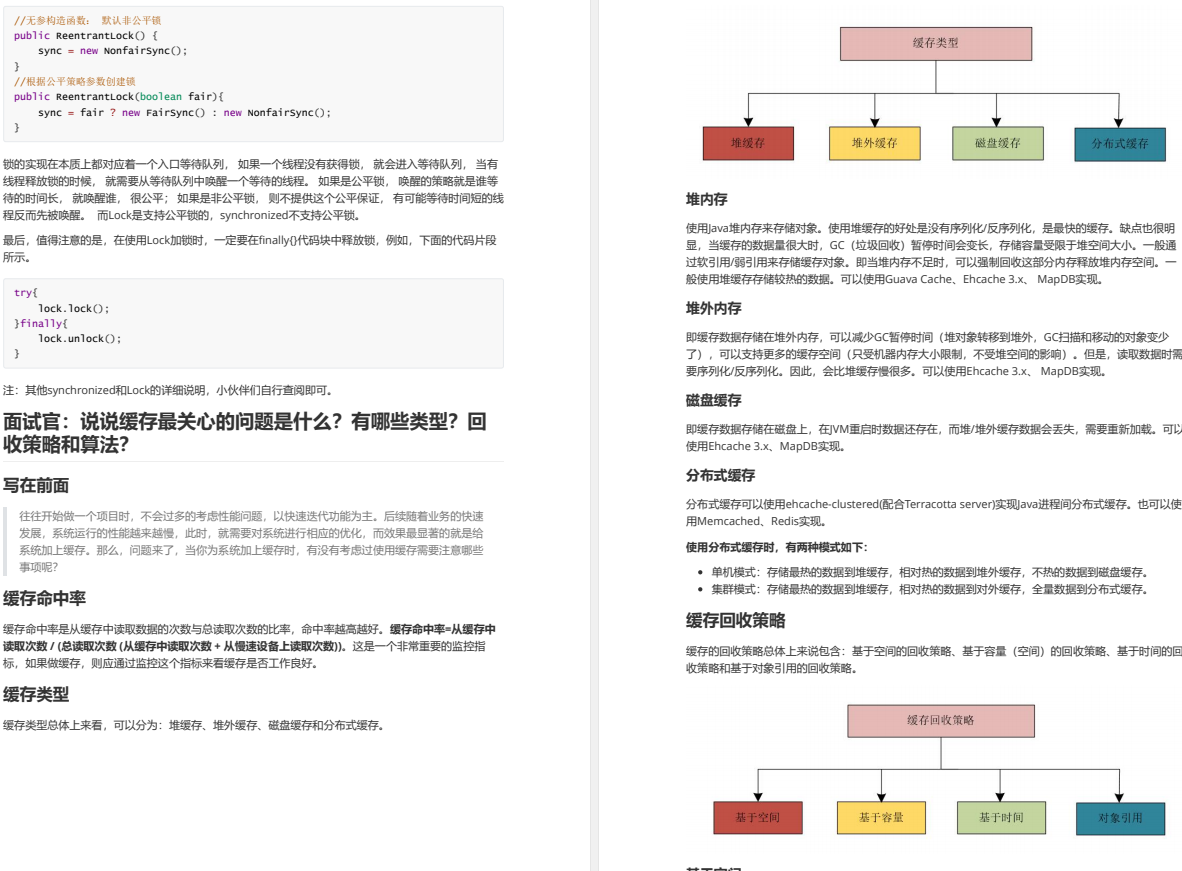当前位置:网站首页>C. Array Elimination-- Codeforces Round #751 (Div. 2)
C. Array Elimination-- Codeforces Round #751 (Div. 2)
2022-08-03 21:03:00 【秦小咩】
C. Array Elimination
time limit per test
2 seconds
memory limit per test
512 megabytes
input
standard input
output
standard output
You are given array a1,a2,…,ana1,a2,…,an, consisting of non-negative integers.
Let's define operation of "elimination" with integer parameter kk (1≤k≤n1≤k≤n) as follows:
- Choose kk distinct array indices 1≤i1<i2<…<ik≤n1≤i1<i2<…<ik≤n.
- Calculate x=ai1 & ai2 & … & aikx=ai1 & ai2 & … & aik, where && denotes the bitwise AND operation (notes section contains formal definition).
- Subtract xx from each of ai1,ai2,…,aikai1,ai2,…,aik; all other elements remain untouched.
Find all possible values of kk, such that it's possible to make all elements of array aa equal to 00 using a finite number of elimination operations with parameter kk. It can be proven that exists at least one possible kk for any array aa.
Note that you firstly choose kk and only after that perform elimination operations with value kk you've chosen initially.
Input
Each test contains multiple test cases. The first line contains the number of test cases tt (1≤t≤1041≤t≤104). Description of the test cases follows.
The first line of each test case contains one integer nn (1≤n≤2000001≤n≤200000) — the length of array aa.
The second line of each test case contains nn integers a1,a2,…,ana1,a2,…,an (0≤ai<2300≤ai<230) — array aa itself.
It's guaranteed that the sum of nn over all test cases doesn't exceed 200000200000.
Output
For each test case, print all values kk, such that it's possible to make all elements of aa equal to 00 in a finite number of elimination operations with the given parameter kk.
Print them in increasing order.
Example
input
Copy
5 4 4 4 4 4 4 13 7 25 19 6 3 5 3 1 7 1 1 1 5 0 0 0 0 0
output
Copy
1 2 4 1 2 1 1 1 2 3 4 5
Note
In the first test case:
- If k=1k=1, we can make four elimination operations with sets of indices {1}{1}, {2}{2}, {3}{3}, {4}{4}. Since && of one element is equal to the element itself, then for each operation x=aix=ai, so ai−x=ai−ai=0ai−x=ai−ai=0.
- If k=2k=2, we can make two elimination operations with, for example, sets of indices {1,3}{1,3} and {2,4}{2,4}: x=a1 & a3x=a1 & a3 == a2 & a4a2 & a4 == 4 & 4=44 & 4=4. For both operations x=4x=4, so after the first operation a1−x=0a1−x=0 and a3−x=0a3−x=0, and after the second operation — a2−x=0a2−x=0 and a4−x=0a4−x=0.
- If k=3k=3, it's impossible to make all aiai equal to 00. After performing the first operation, we'll get three elements equal to 00 and one equal to 44. After that, all elimination operations won't change anything, since at least one chosen element will always be equal to 00.
- If k=4k=4, we can make one operation with set {1,2,3,4}{1,2,3,4}, because x=a1 & a2 & a3 & a4x=a1 & a2 & a3 & a4 =4=4.
In the second test case, if k=2k=2 then we can make the following elimination operations:
- Operation with indices {1,3}{1,3}: x=a1 & a3x=a1 & a3 == 13 & 25=913 & 25=9. a1−x=13−9=4a1−x=13−9=4 and a3−x=25−9=16a3−x=25−9=16. Array aa will become equal to [4,7,16,19][4,7,16,19].
- Operation with indices {3,4}{3,4}: x=a3 & a4x=a3 & a4 == 16 & 19=1616 & 19=16. a3−x=16−16=0a3−x=16−16=0 and a4−x=19−16=3a4−x=19−16=3. Array aa will become equal to [4,7,0,3][4,7,0,3].
- Operation with indices {2,4}{2,4}: x=a2 & a4x=a2 & a4 == 7 & 3=37 & 3=3. a2−x=7−3=4a2−x=7−3=4 and a4−x=3−3=0a4−x=3−3=0. Array aa will become equal to [4,4,0,0][4,4,0,0].
- Operation with indices {1,2}{1,2}: x=a1 & a2x=a1 & a2 == 4 & 4=44 & 4=4. a1−x=4−4=0a1−x=4−4=0 and a2−x=4−4=0a2−x=4−4=0. Array aa will become equal to [0,0,0,0][0,0,0,0].
Formal definition of bitwise AND:
Let's define bitwise AND (&&) as follows. Suppose we have two non-negative integers xx and yy, let's look at their binary representations (possibly, with leading zeroes): xk…x2x1x0xk…x2x1x0 and yk…y2y1y0yk…y2y1y0. Here, xixi is the ii-th bit of number xx, and yiyi is the ii-th bit of number yy. Let r=x & yr=x & y is a result of operation && on number xx and yy. Then binary representation of rr will be rk…r2r1r0rk…r2r1r0, where:
ri={1, if xi=1 and yi=10, if xi=0 or yi=0ri={1, if xi=1 and yi=10, if xi=0 or yi=0
=========================================================================
首先二进制每一位都必须变成0才行,而且每一位的变化并不会影响其他位置,考虑单个位置来看,一旦我们选择的数里面这一位有0,那么我们无论如何也无法消去这一位,故必须选择有1的,加入有4个1,我们选1,2,4是可以的,选择3就不可以,5个1的时候,选1,5个是可以的,也就是必须选择因数,每个位置都必须是因数,那么就是全部位置gcd的因数
#include <iostream>
# include<algorithm>
# include<cstring>
using namespace std;
typedef long long int ll;
ll cnt[50];
int main()
{
int t;
cin>>t;
while(t--)
{
ll n;
cin>>n;
memset(cnt,0,sizeof(cnt));
int flag=0;
for(int i=1;i<=n;i++)
{
ll x;
cin>>x;
if(x)
flag=1;
int len=0;
while(x)
{
if(x%2)cnt[len]++;
x/=2;
len++;
}
}
ll ans=0;
for(int i=0;i<=30;i++)
{
if(cnt[i])
ans=__gcd(ans,cnt[i]);
}
if(!flag)
{
for(int i=1;i<=n;i++)
{
cout<<i<<" ";
}
continue;
}
for(int i=1;i<=ans;i++)
{
if(ans%i==0)
{
cout<<i<<" ";
}
}
cout<<endl;
}
return 0;
}
边栏推荐
- 一体化HTAP数据库如此难,为什么他们还要做?
- idea2021.1.3版本如何启动多个客户端程序
- 剑指 Offer 07. 重建二叉树
- error: C1083: 无法打开包括文件: “QString”: No such error: ‘QDir‘ file not found
- NAACL 2022 | 具有元重加权的鲁棒自增强命名实体识别技术
- 详解虚拟机!京东大佬出品 HotSpot VM 源码剖析笔记(附完整源码)
- 【kali-漏洞利用】(3.2)Metasploit基础(上):基础知识
- 【HiFlow】经常忘记签到怎么办?使用腾讯云场景连接器每天提醒你。
- 卷起来!阿里高工携 18 位高级架构师耗时 57 天整合的 1658 页面试总结
- 火了十几年的零信任,为啥还不能落地
猜你喜欢
随机推荐
Five Steps to Detect and Control Shadow IT
博士申请 | 美国明尼苏达大学葛畅教授招收隐私数据管理方向全奖博士/硕士/博后/访问学者...
PyCharm函数自动添加注释无参数问题
XSS线上靶场---prompt
StoneDB 助力 2022 开放原子全球开源峰会
火了十几年的零信任,为啥还不能落地
leetcode 125. 验证回文串
Cesium 修改鼠标样式
有趣的opencv-记录图片二值化和相似度实现
跨端开发技术储备记录
ES6 introduction and let, var, const
2021年数据泄露成本报告解读
3种圆形按钮悬浮和点击事件
[kali-vulnerability scanning] (2.1) Nessus download and installation (on)
手动输入班级人数及成绩求总成绩和平均成绩?
idea2021.1.3配置Gradle步骤
【HiFlow】经常忘记签到怎么办?使用腾讯云场景连接器每天提醒你。
卷起来!阿里高工携 18 位高级架构师耗时 57 天整合的 1658 页面试总结
回忆三年浮沉
分分钟教你读取 resources 目录下的文件路径

